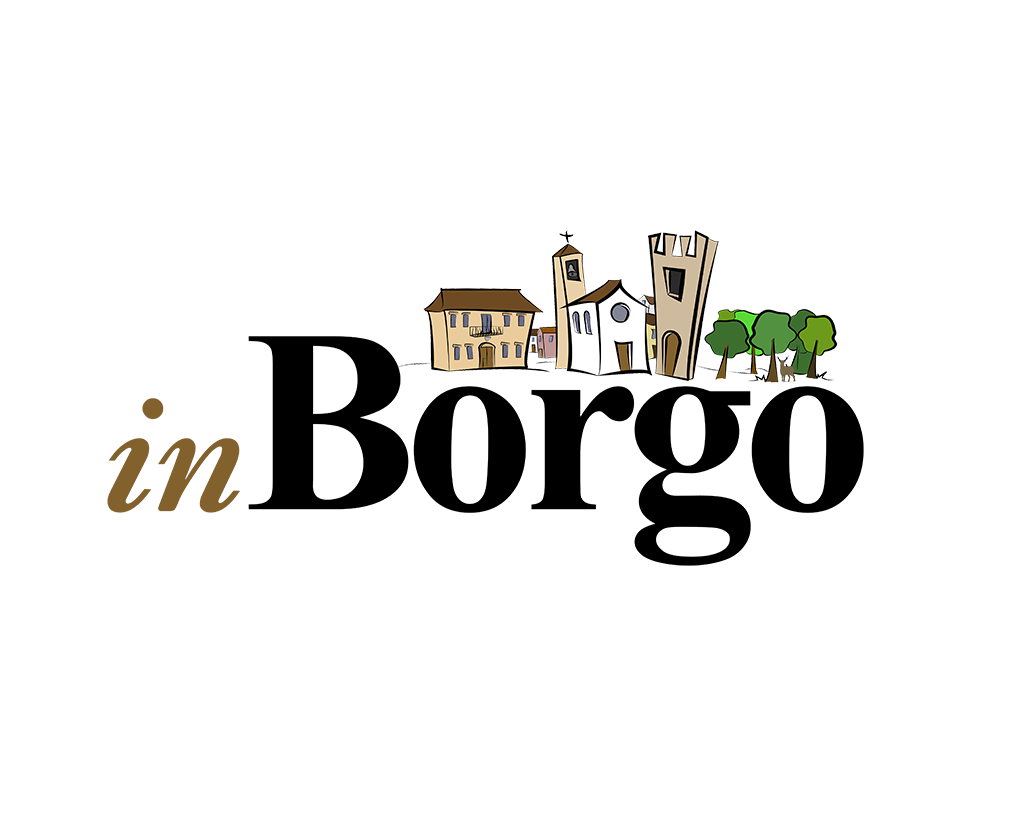
La città è situata su una collina a sud del fiume Tevere ed è stata fondata in epoca etrusca. Todi ha una lunga storia e un’importante tradizione artistica e culturale.
La città è stata un importante centro religioso fin dall’antichità. Il primo tempio religioso noto a Todi è stato costruito in epoca etrusca in onore di Giove, il dio romano della guerra. Nel Medioevo, Todi era un importante centro di culto cristiano e ospitava numerose chiese e monasteri. La città è ancora famosa per la sua cattedrale gotica, dedicata a Santa Maria Assunta, che risale al XIII secolo. Da menzionare la bellissima chiesa Bramantesca della Consolazione, la chiesa di San Fortunato dove all’interno vi è la tomba di ben 4 santi, tra di loro San Cassiano. Tantissimi altri sono gli edifici religiosi di pregio come la chiesa di San Carlo, quella di San Giorgio, il monastero delle Lucrezie, il bellissimo convento di Montesanto e tante altre chiese.
Todi è anche famosa per la sua architettura civile. La città è circondata da mura medievali e ha numerosi palazzi nobiliari e case fortificate risalenti al Medioevo e al Rinascimento. Il Palazzo del Popolo, situato nel centro storico della città, è un esempio di architettura rinascimentale ed è stato costruito nel XIV secolo. Altri palazzi come quelli del Priore e del Capitano, arricchiscono la presenza di edifici di pregio in città.
La città di Todi è stata anche un importante centro artistico. Questo luogo ha dato i natali a molti artisti e artigiani di fama, tra cui il famoso scultore e architetto rinascimentale Agostino di Duccio. La città ospita anche numerose chiese e palazzi con affreschi e dipinti di artisti del Rinascimento e del Barocco, tra cui il famoso pittore Perugino. Da ricordare il Museo Civico presente all’interno del Palazzo del Popolo. All’interno una pinacoteca, delle collezioni di ceramiche, numismatica e archeologica.
Todi è anche nota per la sua bellezza naturale. La città è circondata da colline e montagne e offre una vista panoramica spettacolare sulla campagna umbra. Famosa per i suoi giardini e parchi, tra cui il Giardino dei Ciliegi, un giardino paesaggistico situato sulla collina sopra la città.
La sua bellezza e la vicinanza a Roma, dove c’è la più alta produzione di film in Italia, ha permesso a Todi di diventare un set cinematografico per moltissimi film e fiction. Tra di essi ricordiamo il primo film girato nel 1961 “Giulietta e Romanoff” diretto da Peter Ustinov, “Una famiglia perfetta” per la regia di Paolo Genovese con Sergio Castellitto, ben 3 film di Pupi Avati: “Magnificat” del 1993, “L’arcano incantatore” del 1996 e “I cavalieri che fecero l’impresa” del 2001.
The town is situated on a hill south of the Tiber River and was founded in Etruscan times. Todi has a long history and an important artistic and cultural tradition.
The town has been an important religious centre since antiquity. The first known religious temple in Todi was built in Etruscan times in honour of Jupiter, the Roman god of war. In the Middle Ages, Todi was an important centre of Christian worship and was home to numerous churches and monasteries. The town is still famous for its Gothic cathedral, dedicated to Santa Maria Assunta, which dates back to the 13th century. Worthy of mention are the beautiful Bramantesque church of the Consolation, and the church of San Fortunato where inside there is the tomb of no less than four saints, among them San Cassiano. There are many other fine religious buildings such as the church of San Carlo, the church of San Giorgio, the monastery of Lucrezie, the beautiful convent of Montesanto and many other churches.
Todi is also famous for its civil architecture. The town is surrounded by medieval walls and has numerous noble palaces and fortified houses dating back to the Middle Ages and the Renaissance. The Palazzo del Popolo, located in the city centre, is an example of Renaissance architecture and was built in the 14th century. Other palaces, such as those of the Prior and the Captain, enrich the presence of fine buildings in the town.
The town of Todi has also been an important artistic centre. Todi was the birthplace of many renowned artists and craftsmen, including the famous Renaissance sculptor and architect Agostino di Duccio. The town is also home to numerous churches and palaces with frescoes and paintings by Renaissance and Baroque artists, including the famous painter Perugino.
Todi is also known for its natural beauty. The town is surrounded by hills and mountains and offers spectacular panoramic views of the Umbrian countryside. It is famous for its gardens and parks, including the Giardino dei Ciliegi, a landscaped garden located on the hill above the town.
Its beauty and proximity to Rome, where there is the highest film production in Italy, has allowed Todi to become a film set for many films and dramas. These include the first film shot in 1961, “Giulietta e Romanoff” directed by Peter Ustinov, “Una famiglia perfetta” directed by Paolo Genovese with Sergio Castellitto, and three films by Pupi Avati: “Magnificat” in 1993, “L’arcano incantatore” in 1996 and “I cavalieri che fecero l’impresa” in 2001.


